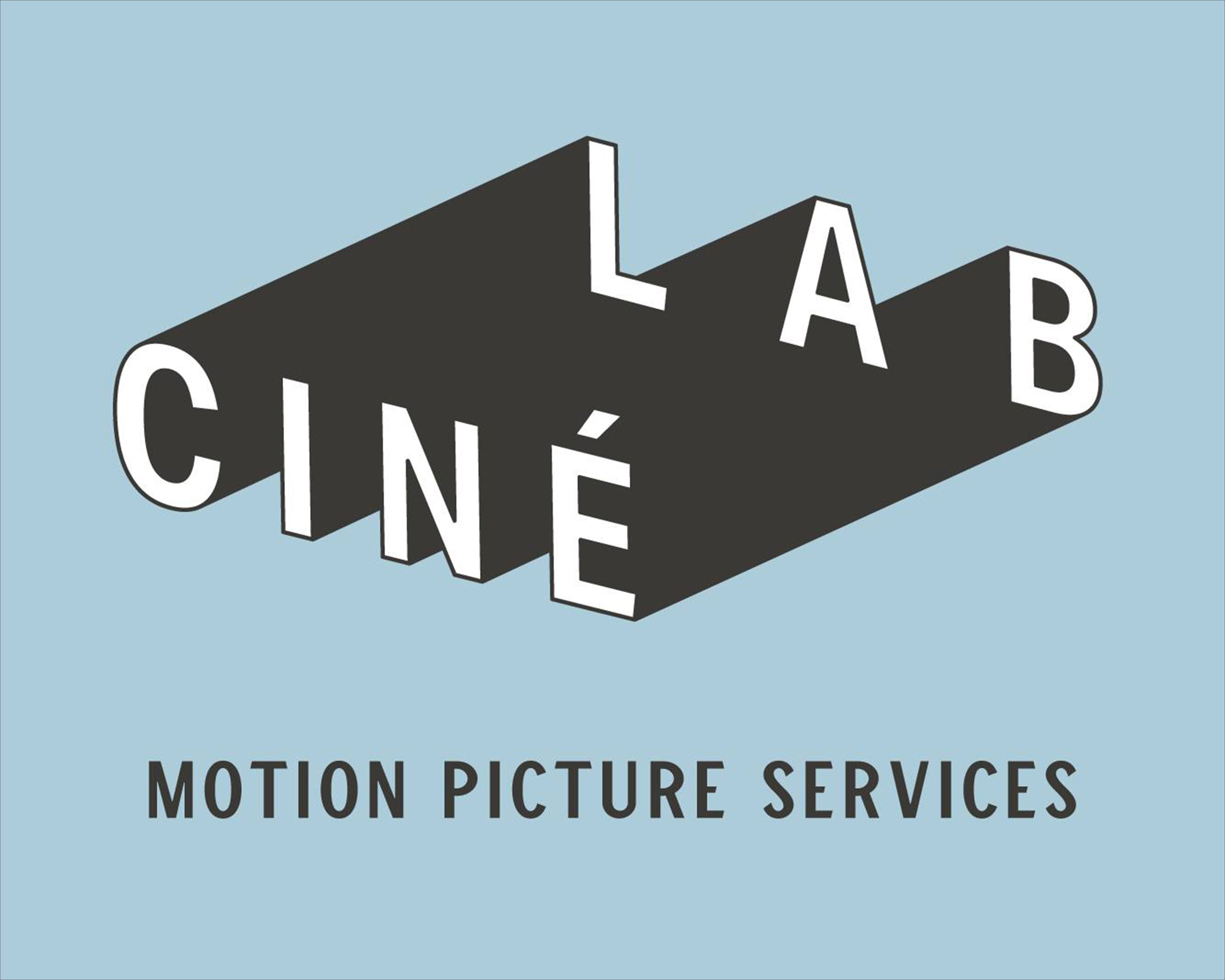You are using an out of date browser. It may not display this or other websites correctly.
You should upgrade or use an alternative browser.
You should upgrade or use an alternative browser.
Lav mics
- Thread starter steve.com
- Start date
Bryant Falk
New member
Lav Mics
Lav Mics
Lav mics are like being in a relationship. For every lav mic there is a receiver. They both must be tuned to the same frequency. Typically one receiver per lav. Now you can plug two receivers into a camera's left and right using each channel for a lav. If you want both lav's on one channel, you'll need a mixer before you get to the camera.
Lav Mics
Lav mics are like being in a relationship. For every lav mic there is a receiver. They both must be tuned to the same frequency. Typically one receiver per lav. Now you can plug two receivers into a camera's left and right using each channel for a lav. If you want both lav's on one channel, you'll need a mixer before you get to the camera.
Albert Morale
New member
not trying to hijack the thread, but i have a question. i just purchased a GL2 and wanted to do some projects of my own and bought 2 sets of Audio-Technica UHF ATW-U101x wireless mic system with 2 Audio-Technica AT831CT5 Cardioid Lav mics.
In order to use the 2 kits, i purchased a $40 Radio Shack 4-Channel Mixer and 2 XLR to 1/4" plug, and a RCA to 1/8" Y cable to connect it all together, now i just was able to get decent sound, what a pain it was to do though, but noticed that i could not have the transmitters and recievers on the same channel, so i changed it and all was fine, but if that normal? because i think the frequency is a smidge different on the channels?
also, is this a good set up to begin doing short projects and utilizing micing talnet, looking into a boom as well. any suggestions for the future? btw, the set up of the mixer, (2) xlr cables, RCA to Mini, and 5 batteries ran about $140, but the beachtek XLR adapter is a little more and can only take two channels, should i have gone with that instead?
In order to use the 2 kits, i purchased a $40 Radio Shack 4-Channel Mixer and 2 XLR to 1/4" plug, and a RCA to 1/8" Y cable to connect it all together, now i just was able to get decent sound, what a pain it was to do though, but noticed that i could not have the transmitters and recievers on the same channel, so i changed it and all was fine, but if that normal? because i think the frequency is a smidge different on the channels?
also, is this a good set up to begin doing short projects and utilizing micing talnet, looking into a boom as well. any suggestions for the future? btw, the set up of the mixer, (2) xlr cables, RCA to Mini, and 5 batteries ran about $140, but the beachtek XLR adapter is a little more and can only take two channels, should i have gone with that instead?
Bob Kessler
New member
Wireless systems require each mic to have a transmitter and a receiver tuned to the same channel. Each mic/trans/rcvr set has to be tuned to a different channel so that when the audio output of the receivers are connected to the audio inputs of the mixer the volume of each mic can be controlled separately. This is especially important in live music and theatre performance situations where there can be dozens of wireless mics in use. I all comes down to a question of control. If you were doing a multiple camera shoot you wouldn't send the visuals to the same tape, would you?
187 - I know that budget is a major concern, but I have to say that the Radio Shack mixer is junk. By doing a little more research (and asking questions here) you could have gotten a lot more bang for your buck. A mixer like the Rolls MX124 is about $180.00. You could have avoided buying many of your adapters and gotten MUCH better sound and a LOT more control.
187 - I know that budget is a major concern, but I have to say that the Radio Shack mixer is junk. By doing a little more research (and asking questions here) you could have gotten a lot more bang for your buck. A mixer like the Rolls MX124 is about $180.00. You could have avoided buying many of your adapters and gotten MUCH better sound and a LOT more control.
Albert Morale
New member
thanks a lot, i think im actually going to return that stuff since it didnt seem to work out too well on a test shoot. i just wonder if i should stick to wireless or not, there seems to be a lot of distortion and frequency issues.
Bob Kessler
New member
You're going to have to adjust the gain on the receivers of each wireless set. Remember that there are limits to the distance the receiver can be from the transmitter, and that police bands and other kinds of radio transmitters can interfere with reception. Also, you will probably have much fewer problems with distortion and artifacts if you use a better quality mixer.
Wireless mics create problems all of their own. They have to be hidden on the talent so their frequency response is curtailed by the clothing worn by the talent (mostly loss of high end) and consistant pickup is more difficult as they turn their heads back and forth.
Boom mics are a much better option for most situations. The problem with boom mics is not the mics themselves but which boom mic is used in a given situation (short shotgun vs. long shotgun, polar patterns, etc.) and the person handling the boom. It's a serio-comic mantra in the industry that boom handlers have the arms of gorillas. They must hold the boom over their heads (and other often uncomfortable positions) for hours on end without creating any noise. They also need to be able to adjust the aim the mic from actor to actor for maximum pick-up, also without creating any noise, while they run alongside horses and cars, balance on trailers, etc.
The advent of the new digital field recorders is beginning to provide more options to the location sound team. Light weight field recorders of four tracks and more are beginning to come onto the market at reasonable prices (reasonable being under $10k). This allows for the running of the boom, a couple of lavs and another mic hidden on the set.
Here goes Uncle Bob jumping up on his soap box again.......
Sound for film and video is an art form, just like cinematography, lighting, scriptwriting, editing, set design, painting, composing, dancing, singing, playing the piano, etc. Yes, location sound is a very technical exercise, but doing it well is a true art form. A lot has been said about the rancor between the location sound and post sound people, but anyone who is good at either will tell you that the respect for well done work is mutual on both sides. Most of the time I want to smack the producer and/or director because they didn't allocate enough funds for the location sound or ignored it completely. Then they come to me and my fellow audio post engineers and want us to fix the unfixable. Yes, you can turn feces into diamonds, but it takes a couple of million years.
People will watch mediocre visuals if the sound is good, but if the sound grates on their ears it doesn't matter how good the visuals are. I have only recently started going out to movies again rather than buying or renting them because a new local theatre has great sound - big, full, powerful, clean but not abrasive or overly loud. I have been to theatres where people have walked out because the sound was overly loud or the theatre was not properly "tuned" for the film being shown. Yes, every film comes with a reel to optimize the theatre for the picture and sound, but many theatre owners haven't balanced their systems since it was set up for the first film shown after the system was installed. It'$ ju$t too expen$ive to pay the technician for a couple of hour$ when the film$ change over; and this when they are losing audiences to home theatres, high prices and their own ineptitude.
Anyway, I'll get off of my soap box now. Thank you for at least thinking about sound before you shoot.
Wireless mics create problems all of their own. They have to be hidden on the talent so their frequency response is curtailed by the clothing worn by the talent (mostly loss of high end) and consistant pickup is more difficult as they turn their heads back and forth.
Boom mics are a much better option for most situations. The problem with boom mics is not the mics themselves but which boom mic is used in a given situation (short shotgun vs. long shotgun, polar patterns, etc.) and the person handling the boom. It's a serio-comic mantra in the industry that boom handlers have the arms of gorillas. They must hold the boom over their heads (and other often uncomfortable positions) for hours on end without creating any noise. They also need to be able to adjust the aim the mic from actor to actor for maximum pick-up, also without creating any noise, while they run alongside horses and cars, balance on trailers, etc.
The advent of the new digital field recorders is beginning to provide more options to the location sound team. Light weight field recorders of four tracks and more are beginning to come onto the market at reasonable prices (reasonable being under $10k). This allows for the running of the boom, a couple of lavs and another mic hidden on the set.
Here goes Uncle Bob jumping up on his soap box again.......
Sound for film and video is an art form, just like cinematography, lighting, scriptwriting, editing, set design, painting, composing, dancing, singing, playing the piano, etc. Yes, location sound is a very technical exercise, but doing it well is a true art form. A lot has been said about the rancor between the location sound and post sound people, but anyone who is good at either will tell you that the respect for well done work is mutual on both sides. Most of the time I want to smack the producer and/or director because they didn't allocate enough funds for the location sound or ignored it completely. Then they come to me and my fellow audio post engineers and want us to fix the unfixable. Yes, you can turn feces into diamonds, but it takes a couple of million years.
People will watch mediocre visuals if the sound is good, but if the sound grates on their ears it doesn't matter how good the visuals are. I have only recently started going out to movies again rather than buying or renting them because a new local theatre has great sound - big, full, powerful, clean but not abrasive or overly loud. I have been to theatres where people have walked out because the sound was overly loud or the theatre was not properly "tuned" for the film being shown. Yes, every film comes with a reel to optimize the theatre for the picture and sound, but many theatre owners haven't balanced their systems since it was set up for the first film shown after the system was installed. It'$ ju$t too expen$ive to pay the technician for a couple of hour$ when the film$ change over; and this when they are losing audiences to home theatres, high prices and their own ineptitude.
Anyway, I'll get off of my soap box now. Thank you for at least thinking about sound before you shoot.
I
ImageBrew
Guest
Another Lav Question...
Another Lav Question...
I recently bought the Sennheiser Evolution wireless G2 kit for my first LAV set up. It works great, although I'd like to become more flexible. If I want to add a second or even third wireless mic and transmitter, can I just use the same frequency and record them all onto one channel through the reciever and my camera? If so, can I just buy the mic and transmitter, or do I need anything else?
I know it would give me more control to record these onto different channels with a mixer, but I'm usually a one man band while working on interview type shoots where I only care to get clean audio, not necessarily individual tracks.
Also, the major drawback for me with this wireless system is that the reciever needs to be plugged in. If I'm shooting outdoors with no outlet, I'm in trouble. I know they sell small LAV's that are not wireless that run a cable directly into your XLR input, but I'd like to maybe just buy an accesory for my wireless that lets me run off camera power.
Thoughts? I'd like to keep my budget pretty low.
Another Lav Question...
I recently bought the Sennheiser Evolution wireless G2 kit for my first LAV set up. It works great, although I'd like to become more flexible. If I want to add a second or even third wireless mic and transmitter, can I just use the same frequency and record them all onto one channel through the reciever and my camera? If so, can I just buy the mic and transmitter, or do I need anything else?
I know it would give me more control to record these onto different channels with a mixer, but I'm usually a one man band while working on interview type shoots where I only care to get clean audio, not necessarily individual tracks.
Also, the major drawback for me with this wireless system is that the reciever needs to be plugged in. If I'm shooting outdoors with no outlet, I'm in trouble. I know they sell small LAV's that are not wireless that run a cable directly into your XLR input, but I'd like to maybe just buy an accesory for my wireless that lets me run off camera power.
Thoughts? I'd like to keep my budget pretty low.
Bob Kessler
New member
The problems with having two transmitters on the same channel are myriad, the primary being phase cancellation.
With two lavs on separate frequencies you could put one mic on each channel of the camera.
Which Sennheiser Evolution set did you buy? A little more info will help us help you.
With two lavs on separate frequencies you could put one mic on each channel of the camera.
Which Sennheiser Evolution set did you buy? A little more info will help us help you.
I
ImageBrew
Guest
The Wireless kit is the 100 series 'Presentation Set'. All it includes is one bodypack transmitter with mic, and a rack-mount reciever. The manual that comes along with the kit is not very helpful as far as simple laymen questions such as how to add a second transmitter or go with a different power source.
Hope that helps, any ideas?
Hope that helps, any ideas?
Bob Kessler
New member
You should have gotten the EK100G2 receiver which can be mounted on the camera and is approximately the same price. It will run on 2 AA batteries. You should see if you can exchange your current receiver for the EK100G2.
Where did you buy it? You should have made your usage requirements clearer to your sales rep. Or was he/she a moron like most of them these days?
Where did you buy it? You should have made your usage requirements clearer to your sales rep. Or was he/she a moron like most of them these days?
I
ImageBrew
Guest
yea I bought it at a Guitar Center becuase I needed it the next day, but it serves me right, the salesman told me this one would work and although it 'works' it's not ideal for location production. I just went down there today to return it, and ended up getting into a war with them. Its been over a month so they won't take it back. This is a policy they have on all their mics.
I'm going to try and just buy the better, more suitable system and use this as a backup if I ever need it. I would try to sell it slightly used, but that seem more of a hassle sometimes. Know of any good sites where I could try and put it on the market for cheap?
I'm going to try and just buy the better, more suitable system and use this as a backup if I ever need it. I would try to sell it slightly used, but that seem more of a hassle sometimes. Know of any good sites where I could try and put it on the market for cheap?
Similar threads
- Replies
- 0
- Views
- 339





